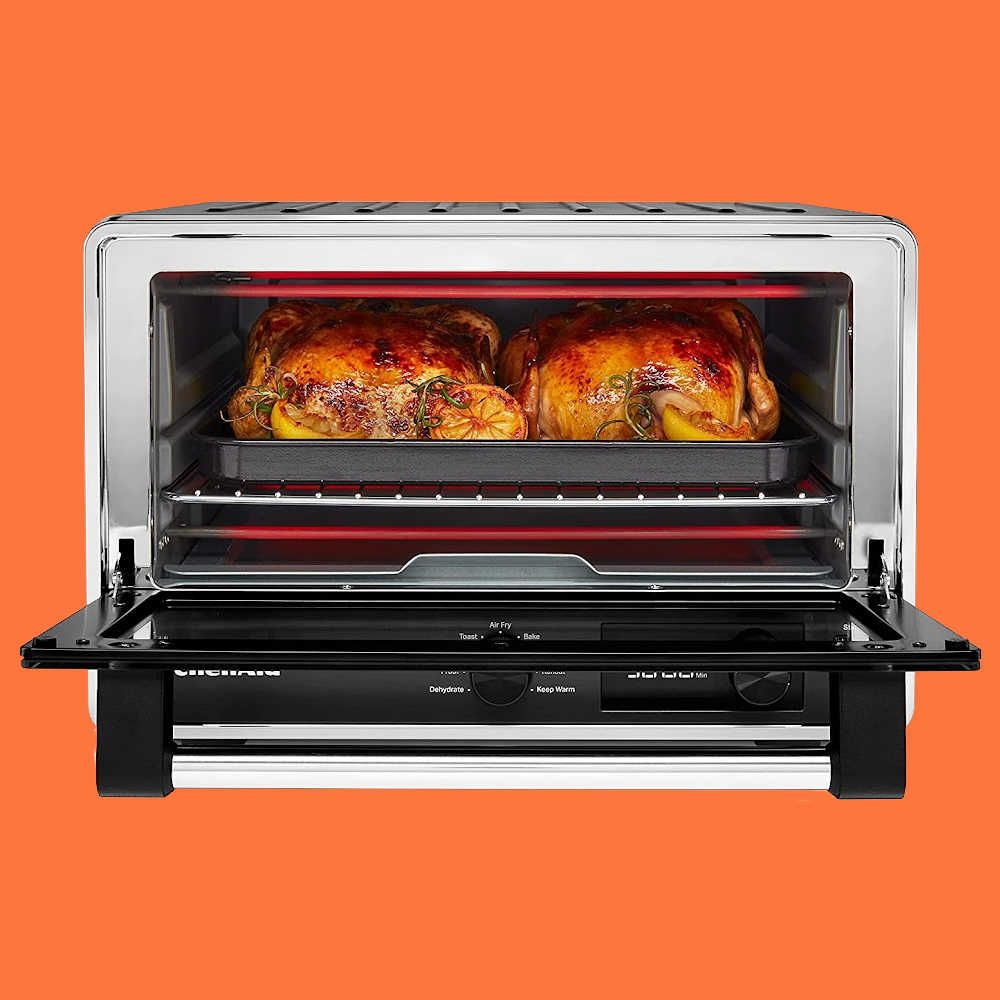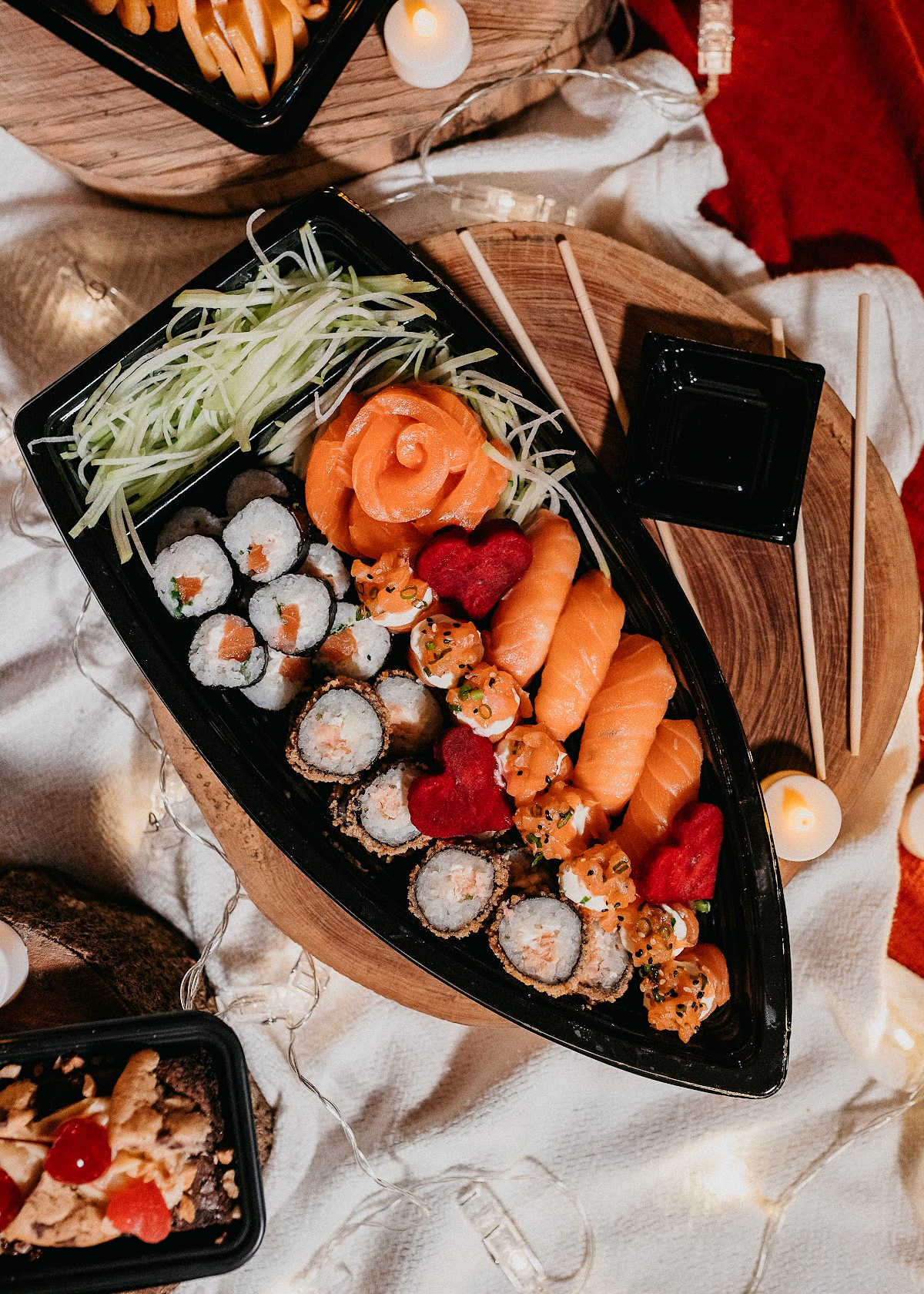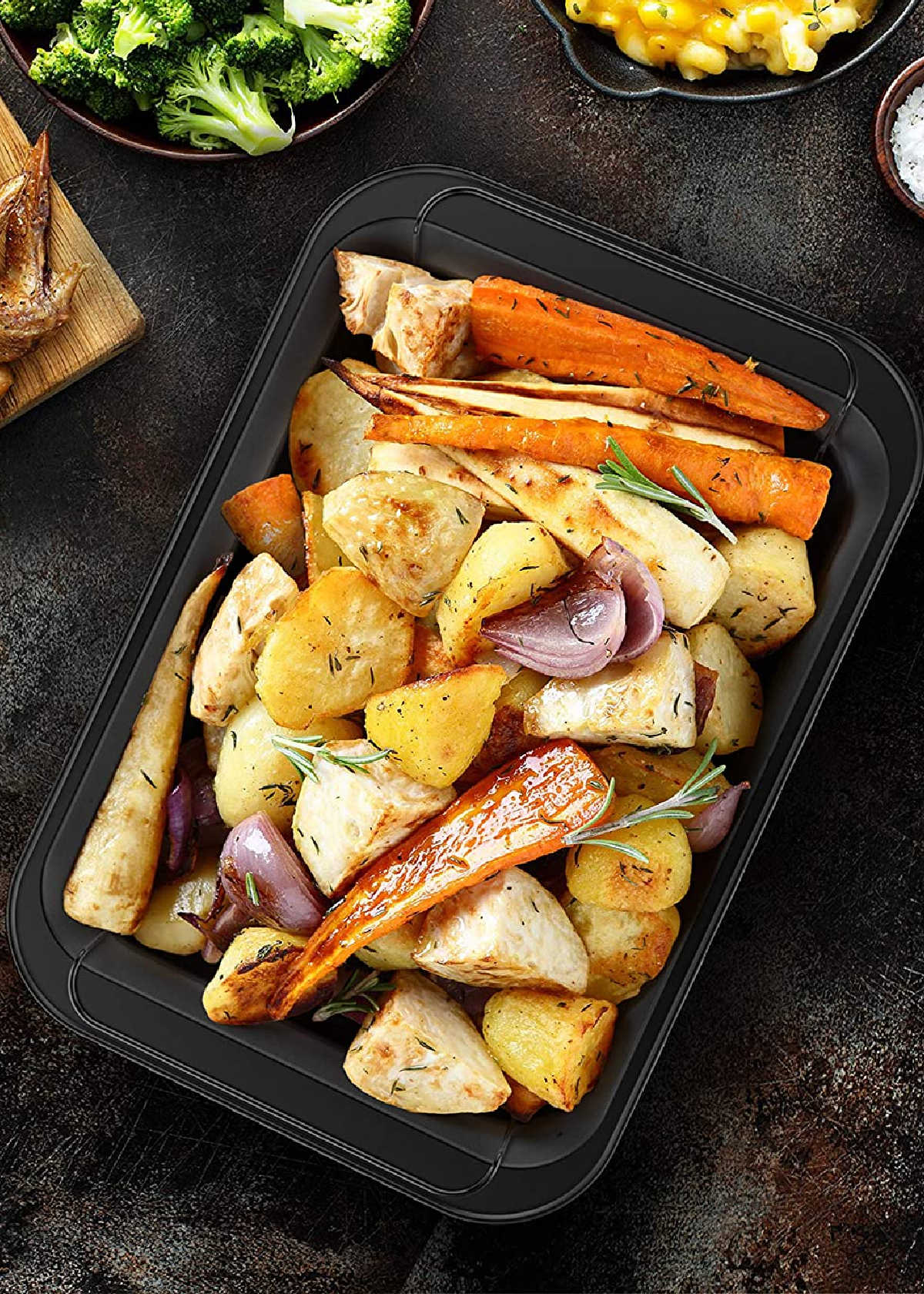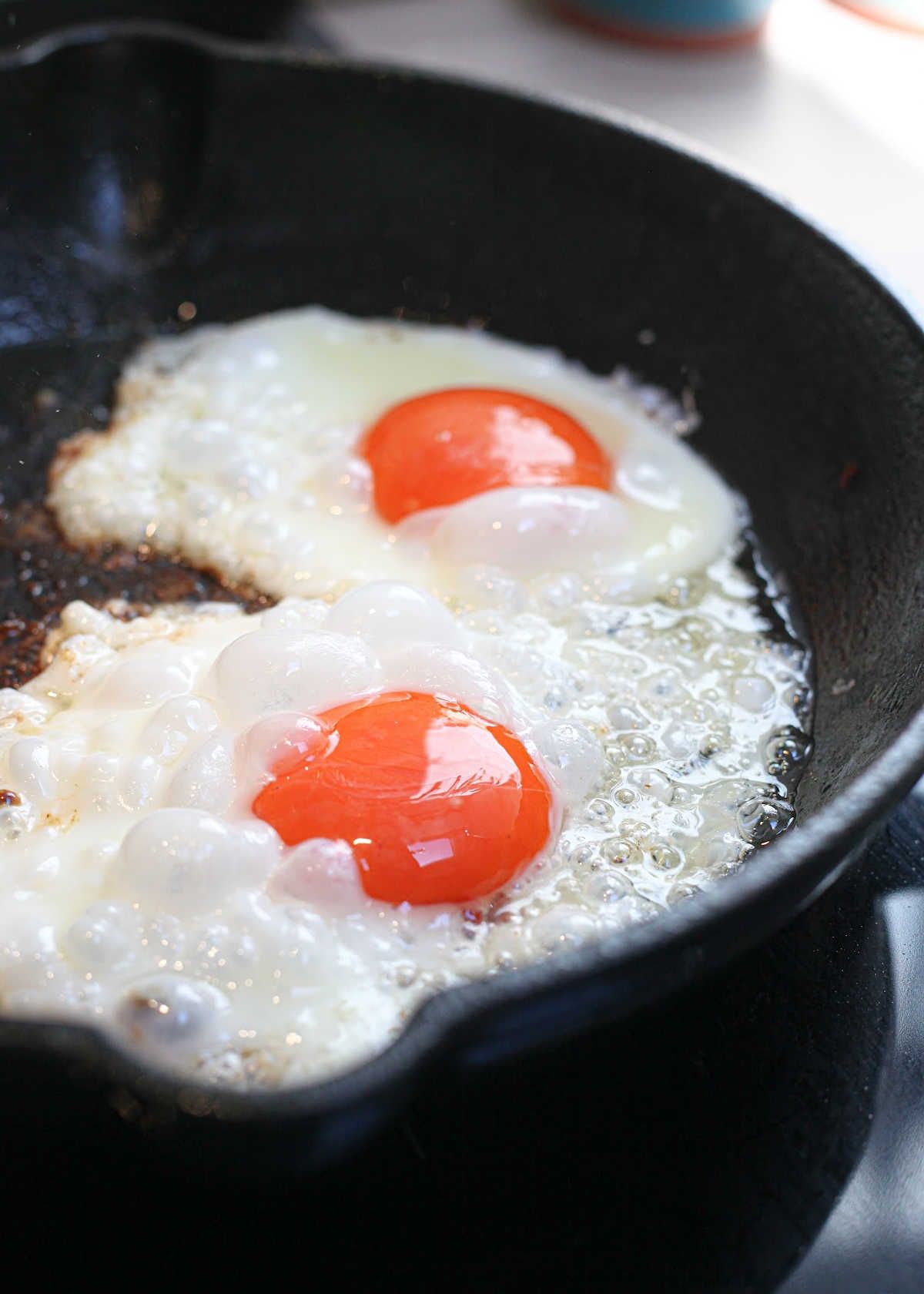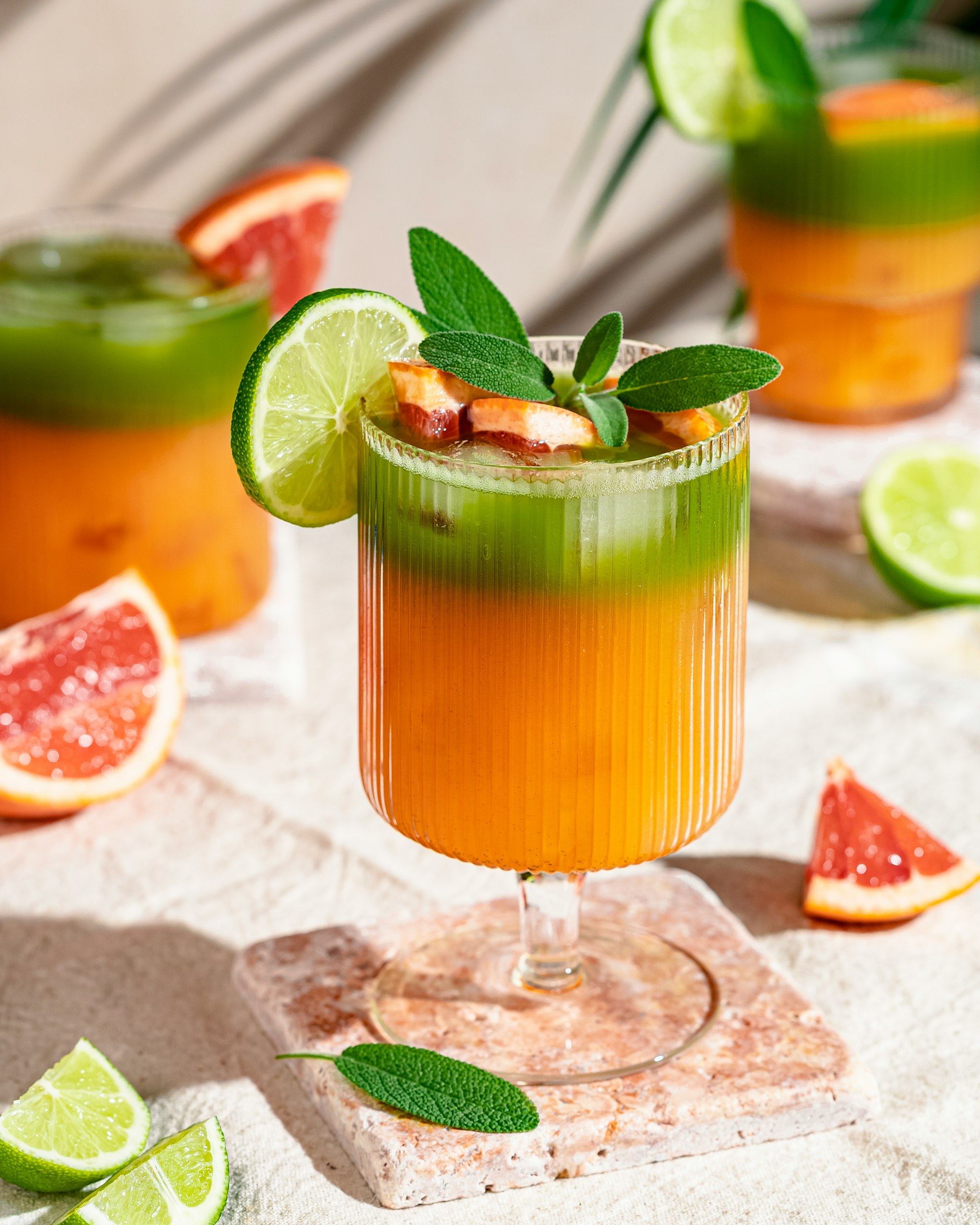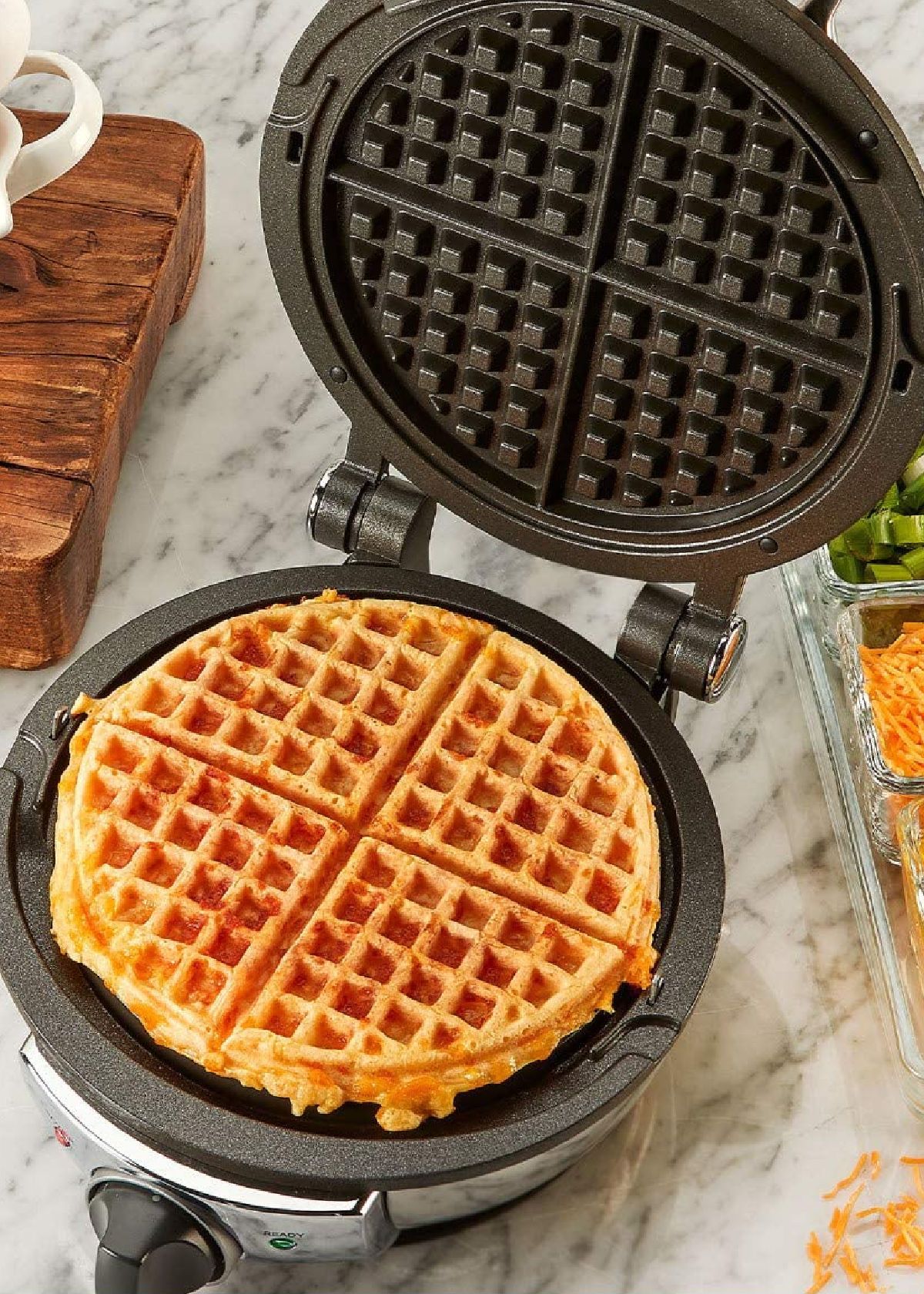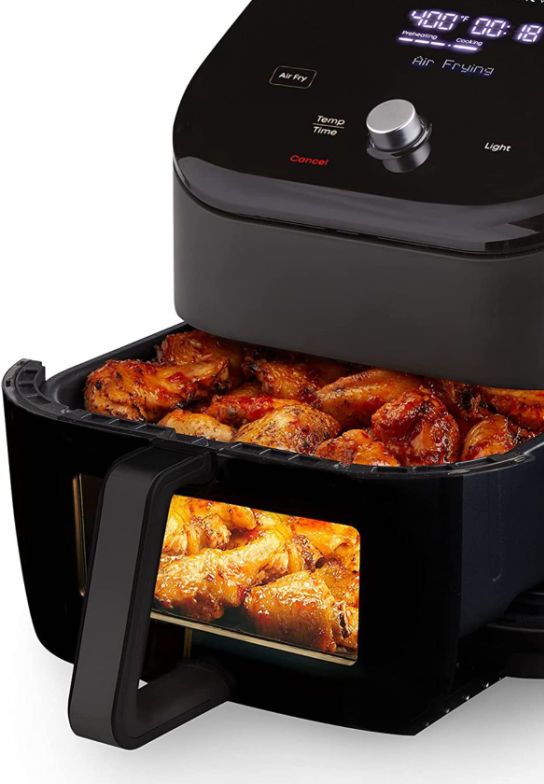Content Summary
If there’s one kitchen gadget that can do it all, it’s the immersion blender. If you are new to the culinary world or have never used an immersion blender before, it can be a little intimidating.
An immersion blender is a versatile kitchen tool, a mini-food processor that can help you blend and puree ingredients quickly and easily. Whether you’re making soups, sauces, smoothies, or whipped cream, an immersion blender can come in handy.
In this blog post, we’ll provide you with an overview of what immersion blenders are, their advantages & disadvantages, and what dishes you can make using immersion blenders.



A Stick Blender
An Immersion Blender
An immersion blender is also known as a hand blender, handheld blender, stick blender, or wand blender. It can be easily submerged in a pot, a container, or a bowl to blend or puree ingredients.
- Unlike a food processor or a countertop blender, an immersion blender is handheld and doesn’t require a separate blender jar.
- It consists of a long shaft stick-like handle that’s powered by an electric motor, along with detachable blender blades located at the end of the stick.
- Most immersion blenders typically come with multiple speeds and settings to give users more control over the blending process.


A Wand Blender
What Is An Immersion Blender Used For?
As food processors, immersion blenders are fit to use for a variety of kitchen tasks, including:
1. Blending soups
Make it easy to blend hot liquids such as soups from pumpkin, potatoes, carrots, and squash without having to transfer them from the pot to the blender and back.
2. Making sauces & dressings
An immersion blender can be used to make a wide variety of salad dressings, sauces, and dips such as pesto, hollandaise, vinaigrettes, and béchamel for salad dressings or marinades.
3. Making whipped cream
Immersion blenders can whip cream and mayonnaise fast, without the need for a stand mixer or whisk, saving time and energy.
4. Blending smoothies and milkshakes
You can easily make healthy smoothies and milkshakes from frozen fruits, yogurt, and milk, without transferring ingredients from one container to the other.
5. Blending baby food
Compared to a traditional blender, making baby food is quicker as its narrow blade can easily puree small amounts of food and vegetables into a smooth baby food texture.
6. Pureeing vegetables
Immersion blenders are great for making smooth and creamy purees, such as butternut squash or carrot puree for stews.
7. Making hummus
Immersion blenders can quickly blend chickpeas, tahini, lemon juice, and olive oil into a smooth and creamy hummus.




An Immersion Blender With Attachments
The Advantages Of An Immersion Blender
There are several advantages of using an immersion blender, including:
1. Convenience
- Immersion blenders are easy to use and require less time and effort than countertop blenders.
- It can accomplish a variety of tasks without the need for additional appliances such as a countertop blender or traditional food processor.
2. Versatility
- An immersion blender can be used for a variety of tasks, which makes it a valuable tool in any kitchen.
- It’s a great tool for blending hot liquids, as it can be used directly in the pot, eliminating the need for transferring hot liquids into a blender.
- They are portable and lightweight, making them easy to use, clean, and store.
- Immersion blenders are compact and do not take up much counter space, making them a great fit for small kitchens.
3. Easy To Clean
- Immersion blenders are also easier to clean than traditional blenders, as the stainless steel blades can be detached and cleaned separately.
- The blades are dishwasher-safe, making them easy to clean.
4. Precision
- Immersion hand blenders offer greater control and precision than countertop blenders, allowing users to achieve the desired texture and consistency.
- Their long, narrow shaft can reach into pots and bowls, making blending ingredients much more straightforward than using a traditional blender.
5. More affordable
- For those on a budget, immersion blenders are a great option because they are usually less expensive than countertop blenders.




An Immersion Blender With Attachments
The Disadvantages Of An Immersion Blender
Like any kitchen tool, an immersion blender has its drawbacks to consider:
1. Limited capacity
- Immersion blenders are designed for small to medium-sized tasks.
- It may take longer to puree larger batches of food ingredients.
2. Less powerful
- Immersion blenders typically have less power than countertop blenders, which can make blending tougher ingredients difficult.
- While it’s great for pureeing small amounts of food, it may have trouble with larger amounts of ingredients.
- They are not as powerful as traditional blenders, so they may not be able to handle thicker ingredients. large amounts of ingredients.
- Additionally, immersion blenders are not designed for heavy-duty tasks like crushing ice or grinding nuts.
3. Requires more effort
- An immersion blender requires more effort from the user than a standard blender, as they have to hold the device above the pot and "steer" it, while using the other hand to hold the pot.
- It takes a little effort to develop the skill to effectively use this type of blender.
Immersion blenders are versatile, convenient, affordable, easy to use and clean, and provide great control and precision in the blending process. However, they do have some limitations, such as their small capacity and less powerful motor. Yet, they’re perfect for small, everyday blending tasks.
Using An Immersion Blender FAQs
Here are some of the most common questions about using immersion blenders:
Can I use an immersion blender to make mashed potatoes?
You can use an immersion blender to make mashed potatoes. An immersion blender can quickly and easily break down boiled potatoes into a creamy mash, without the need for a stand mixer or other equipment.
However, it’s important to keep in mind that immersion blenders cannot produce the same light and fluffy texture as a stand mixer. If you’re looking for a light, fluffy mashed potato texture, it’s best to use a stand mixer or potato masher.
What are some common mistakes people make when they start using an immersion blender?
Typical beginner's mistakes (the first 3 cause a real mess!):
- Not keeping the immersion blender submerged while blending.
- Unnecessarily high speeds.
- Not to end blending before taking the blender out.
- Not rinsing the blades right after blending.
- In general, not reading the instruction manual.
Can you use an immersion blender for scrambled eggs?
An immersion blender is not suitable for making scrambled eggs. While an immersion blender can be used to whisk and emulsify ingredients, it cannot properly mix eggs to create scrambled eggs. For best results, use a whisk or spatula to manually stir the eggs as they cook.
Can an immersion blender handle an onion?
Provided you first cut the onions into small pieces, an immersion blender can handle onions. They are relatively soft and easy to puree with an immersion blender.
Will an immersion blender scratch my pan?
An immersion blender will not scratch a pan. Immersion blenders are designed with non-abrasive material to prevent scratching of pots and bowls.
Additionally, they have long shafts that make them unlikely to scrape the sides or bottom of pans while blending.
However, it is important to note that stick blenders with metal blades may scratch non-stick pans. To prevent this, use a plastic or silicone blade instead.
Can I use an immersion blender in a Dutch oven?
You can use an immersion blender in a Dutch oven. Immersion blenders are designed to fit into narrow containers and pots, making them suitable for use in Dutch ovens.
To prevent splattering ingredients, be sure to keep the head of the blender submerged in the liquid while blending, and avoid high-speed blending.
Are immersion blenders hard to clean?
As they have fewer parts, most immersion blender models are not difficult to clean. To clean an immersion blender, simply detach the blade and rinse off any food residue with warm water and dish soap. The blades are easy to clean, but take good care - they are sharp.
Can I use a regular blender as an immersion blender?
A regular countertop blender is not designed to be used as a handheld immersion blender. Don't even think of trying. In some ways, they complement each other.
Regular blenders are not designed for small tasks like purees or sauces, whereas an immersion blender is more suitable for these tasks. If you like cooking, you'll want both!
What is a cordless immersion blender?
It has a rechargeable battery. Advantage: while blending, you don't need to deal with a cord. This also makes it safer.
What can I use instead of an immersion blender?
If you do not have an immersion blender, several other tools can be used to blend ingredients. A food processor or a countertop blender can be used to puree ingredients.
For some tasks, like whipping cream, you can use a simple whisk or an electric hand mixer. But an immersion blender makes the kitchen life a lot easier.


What Can Immersion Blenders Do? | KitchenAid
Although immersion blenders have some limitations, their advantages outweigh their disadvantages. They’re perfect for small, everyday blending tasks.
So, if you are looking for an affordable and compact piece of kitchen equipment that can make your life easier, consider investing in one. Check out our buying guide and top picks of the best immersion blenders to find the right one for you!
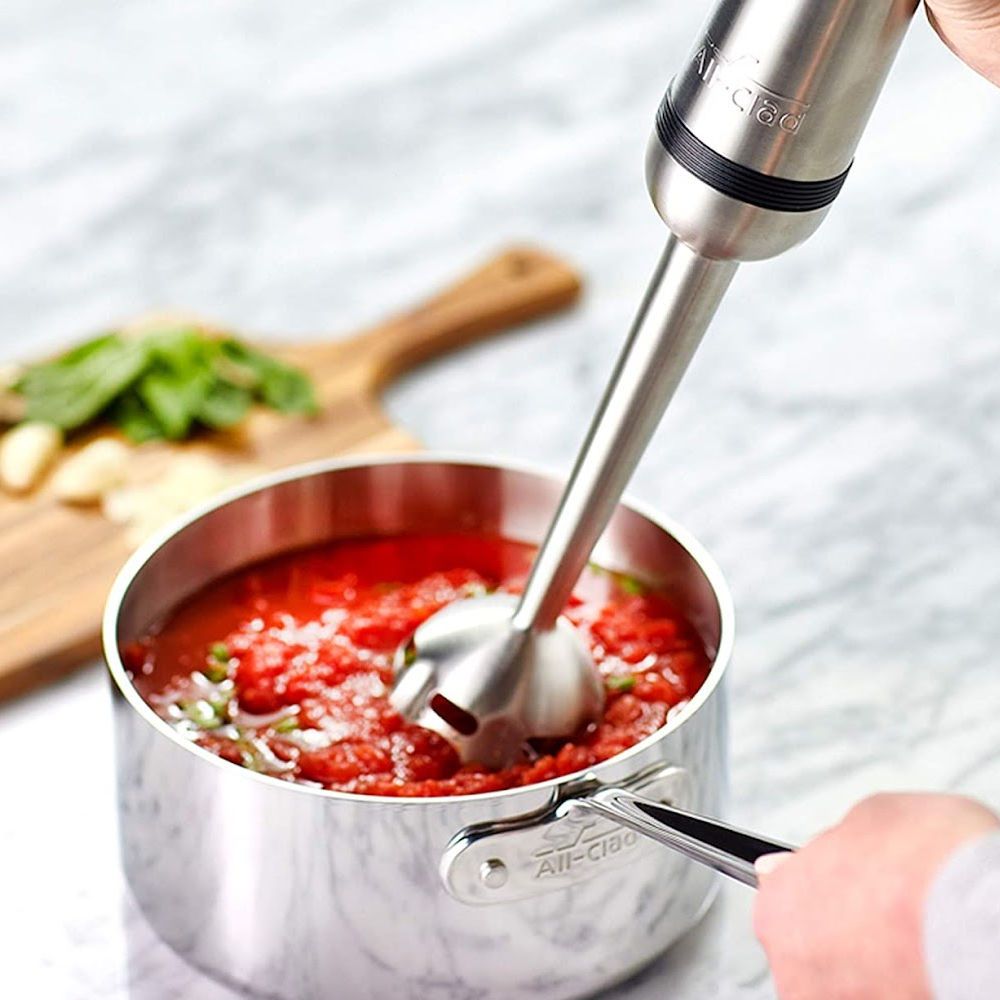
Happy blending!
Catchy Finds




